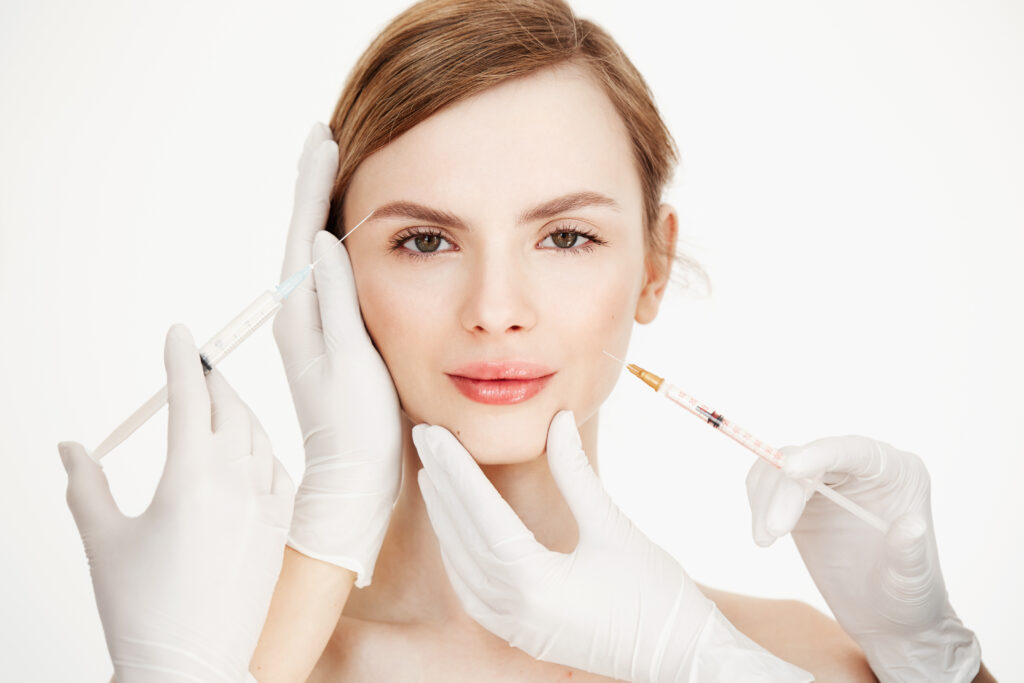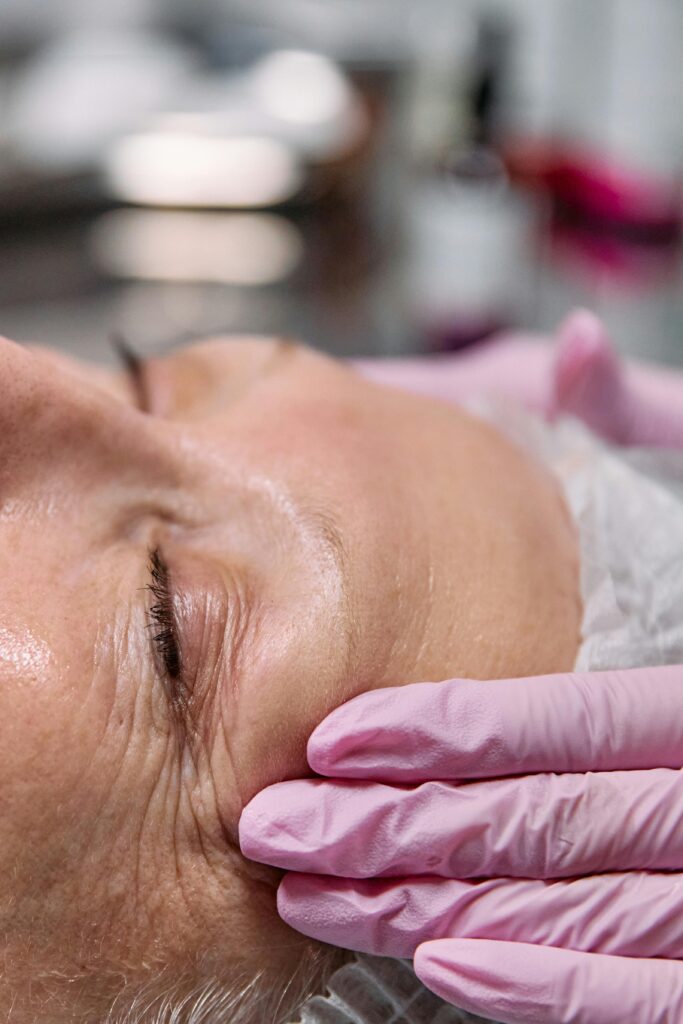The film industry’s obsession with eternal youth has reached new extremes. From collagen pills to invasive procedures, anti-aging solutions are being pushed as must-haves, especially for women in the film Industry. But what’s being left out of the conversation? The serious side effects of anti-aging pills and treatments, and the unrealistic beauty standards driving them.

The Obsession with Youth
In high-definition films and curated Instagram feeds, wrinkles and gray hair are nearly invisible. Celebrities rely heavily on pills, injectables, and hormone therapy, portraying aging as something to be “fixed.” These treatments have become billion-dollar revenue streams disguised as self-care.
Celebrity Beauty Standards in the Film Industry
Actors are often paid to promote anti-aging brands, normalizing extreme cosmetic practices. Older male actors are often praised for “aging well,” while women are frequently sidelined unless they maintain a youthful appearance. This fuels an industry built on double standards and pressure.
Side Effects of Anti-Aging Pills and Treatments

-
- Hormone therapies: Mood swings, cancer risks, liver damage
-
- Injectables like Botox: Allergic reactions, unnatural expressions
-
- Unregulated supplements: Toxic ingredients, unsafe drug interactions
-
- Invasive procedures: Scarring, nerve damage, and long-term complications
Psychological Toll: Treating Aging Like a Disease
When beauty equals youth, self-worth declines with every birthday. These unrealistic expectations can lead to body dysmorphia, low self-esteem, and age discrimination, both in Hollywood and in daily life.
How We Can Change the Narrative
Some celebrities are beginning to push back, choosing to age naturally and speak candidly about the pressures they face. Films that highlight older protagonists without cosmetic illusion are helping reframe aging as powerful, not problematic.
Let’s stop treating age as a flaw — and start seeing it as a story worth telling.
